Home>Home Appliances>Home Automation Appliances>How To Talk Through Google Home
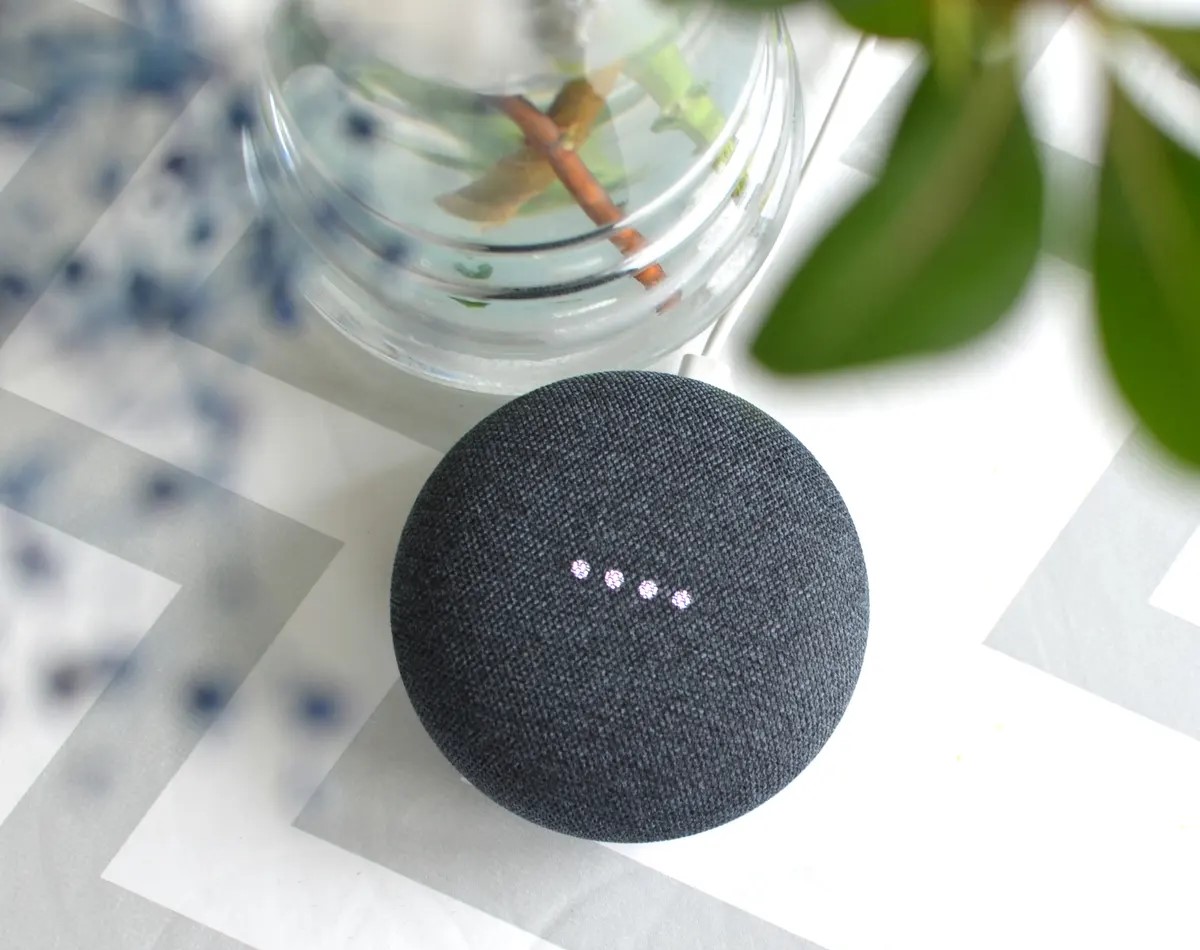

Home Automation Appliances
How To Talk Through Google Home
Modified: February 25, 2024
Learn how to use Google Home for seamless communication with your home automation appliances. Discover tips and tricks for effortless voice commands and control. Unlock the potential of your smart home today!
(Many of the links in this article redirect to a specific reviewed product. Your purchase of these products through affiliate links helps to generate commission for Storables.com, at no extra cost. Learn more)
Introduction
Welcome to the future of home automation! With Google Home, you can seamlessly integrate your smart devices and control them using just your voice. This revolutionary technology brings unparalleled convenience and efficiency to your daily routines, allowing you to manage tasks and access information effortlessly.
Google Home serves as your personal assistant, ready to respond to your commands and inquiries. Whether you want to adjust the thermostat, dim the lights, or play your favorite music, Google Home is designed to simplify your life. By leveraging the power of voice recognition and artificial intelligence, this cutting-edge device transforms your living space into a smart, interconnected environment.
In this comprehensive guide, we will delve into the various aspects of using Google Home to communicate with your home automation appliances. From setting up your Google Home device to troubleshooting common issues, you will gain valuable insights into optimizing the functionality of this innovative technology. Let's embark on this journey to unlock the full potential of Google Home and elevate your home automation experience.
Key Takeaways:
- Embrace the future of home automation with Google Home, where you can control your smart devices using just your voice, making daily tasks effortless and efficient.
- Setting up Google Home and connecting your smart devices empowers you to streamline your daily routines and manage your living space with unparalleled ease and convenience.
Read more: How To Stop Google Home From Talking Back
Setting Up Google Home
Before you can start communicating with your home automation appliances through Google Home, you need to set up the device and integrate it seamlessly into your living space. The process is straightforward and user-friendly, ensuring that you can begin enjoying the benefits of smart home control in no time.
To initiate the setup, plug in your Google Home device and download the Google Home app on your smartphone or tablet. Once the app is installed, follow the on-screen instructions to connect your Google Home to your Wi-Fi network. This step is crucial for enabling communication between your Google Home and the smart devices within your home.
After successfully connecting to your Wi-Fi network, the Google Home app will prompt you to link your Google account. This allows Google Home to access your personalized information, such as calendar events, reminders, and preferences. By integrating your Google account, you can harness the full potential of Google Home’s capabilities, enabling seamless communication with your home automation appliances.
Next, you can customize the settings according to your preferences, including the language, location, and preferred music streaming services. Additionally, you have the option to set up Voice Match, which enhances the device’s ability to recognize and respond to individual voices within your household. This feature is particularly useful for personalizing the user experience and accessing personalized content and reminders.
Once the initial setup is complete, you can position your Google Home device in a central location within your home to ensure optimal coverage for voice commands. Whether it’s the living room, kitchen, or bedroom, strategically placing your Google Home device can enhance its responsiveness and accessibility.
With Google Home successfully set up, you are now ready to seamlessly communicate with your home automation appliances using intuitive voice commands. The next step involves connecting your smart devices to Google Home, enabling you to control them effortlessly and streamline your daily tasks.
Connecting Your Devices
Once your Google Home is set up, the next crucial step is to connect your smart home devices to the Google Home ecosystem. This integration empowers you to control a wide range of appliances and systems using voice commands, transforming your living space into a fully automated and interconnected environment.
To begin the process, navigate to the Google Home app on your mobile device and select “Add” to link a new device. You will be presented with a list of compatible smart home devices, including lights, thermostats, cameras, and more. Choose the specific category of the device you wish to connect, and the app will guide you through the setup process for that particular device.
For instance, if you have smart light bulbs, you can select the “Lights” category and follow the instructions to link them to your Google Home. This typically involves authorizing the Google Home app to access and control the smart light bulbs, a seamless process that establishes a direct line of communication between your Google Home and the lighting system.
Similarly, if you have a smart thermostat, such as a Nest device, you can navigate to the “Thermostats” category and initiate the connection process. By granting Google Home access to your smart thermostat, you can regulate the temperature in your home using voice commands, enhancing comfort and energy efficiency.
As you continue to add and connect various smart devices to your Google Home, you will expand the scope of voice-controlled functionalities within your living space. Whether it’s adjusting the ambiance with smart lighting, monitoring home security through connected cameras, or managing your entertainment systems, the possibilities are extensive and tailored to your specific needs.
Furthermore, the Google Home app allows you to organize and categorize your connected devices, making it easy to access and control them individually or in groups. You can create custom routines that trigger a sequence of actions across multiple devices with a single voice command, streamlining your daily routines and enhancing convenience.
By seamlessly connecting your smart home devices to Google Home, you unlock a new level of control and automation, empowering you to manage your living space with unparalleled ease and efficiency. With the foundation laid for seamless communication, you are now poised to harness the full potential of voice commands in optimizing your home automation experience.
To talk through Google Home, simply say “Hey Google” followed by your command or question. Make sure to speak clearly and in a normal volume for best results.
Using Voice Commands
With your Google Home device set up and your smart home appliances connected, you are now ready to unleash the power of voice commands to control and manage your living space. The intuitive and natural language processing capabilities of Google Home enable you to interact with your smart devices effortlessly, streamlining everyday tasks and enhancing your overall home automation experience.
To initiate a voice command, simply say “Hey Google” or “OK Google” followed by your request or instruction. Whether you want to adjust the lighting, set the thermostat, play music, or inquire about the weather, Google Home is designed to recognize and respond to a diverse range of commands, making it a versatile and indispensable tool in your smart home ecosystem.
For example, you can say, “Hey Google, dim the lights in the living room to 50%,” and your smart lighting system will adjust accordingly, creating the desired ambiance with a simple voice command. Similarly, you can instruct Google Home to “Set the thermostat to 72 degrees,” regulating the temperature in your home to ensure comfort and energy efficiency.
Managing your entertainment systems is also a breeze with Google Home. You can ask Google to play your favorite songs, artists, or playlists from supported music streaming services, creating a personalized audio experience tailored to your preferences. Additionally, you can control compatible smart TVs and streaming devices, instructing Google Home to play specific shows or movies with seamless integration.
Moreover, Google Home’s voice commands extend to home security and surveillance, allowing you to check camera feeds, arm or disarm security systems, and receive real-time updates on the status of your connected devices. This comprehensive control enables you to monitor and safeguard your living space with unparalleled convenience.
Custom routines further enhance the versatility of voice commands, enabling you to execute a series of actions with a single spoken instruction. For instance, you can create a custom routine named “Good Morning” that adjusts the lighting, provides a weather update, and plays your favorite morning playlist, all triggered by a single voice command.
By harnessing the power of voice commands through Google Home, you can streamline your daily routines, enhance comfort and convenience, and optimize the functionality of your smart home appliances. The seamless integration of natural language processing and home automation technology empowers you to interact with your living space in a more intuitive and efficient manner, elevating your overall home automation experience.
Customizing Your Google Home
Personalizing your Google Home experience allows you to tailor the device to your specific preferences, optimizing its functionality and enhancing its integration with your smart home appliances. By customizing various settings and features, you can create a personalized environment that aligns with your lifestyle and enhances the overall home automation experience.
One of the key elements of customization is adjusting the device’s settings to align with your preferences. In the Google Home app, you can configure language preferences, regional settings, and accessibility features to ensure a seamless and personalized user experience. Additionally, you can specify your preferred music streaming services, setting the default platform for playing music and audio content through your Google Home device.
Voice Match is another valuable customization feature that enhances the device’s ability to recognize and respond to individual voices within your household. By setting up Voice Match for each member of your family, Google Home can provide personalized responses, reminders, and calendar updates based on the specific user issuing the voice command. This tailored experience ensures that each family member can access their personalized information and preferences seamlessly.
Custom routines empower you to create personalized sequences of actions triggered by specific voice commands. You can configure routines for various scenarios, such as morning routines, bedtime routines, or custom events, allowing you to streamline tasks and access relevant information with a single voice command. This customization feature enhances the efficiency and convenience of using Google Home in your daily routines.
Moreover, the Google Home app provides a platform for organizing and managing your connected devices, allowing you to create groups and assign specific devices to different rooms within your home. This organizational customization simplifies the process of controlling multiple devices and enables you to manage them more efficiently through voice commands and the app interface.
Another aspect of customization involves exploring and enabling third-party integrations and services that complement your smart home ecosystem. By linking compatible third-party apps and services, you can expand the functionality of Google Home, accessing a broader range of features and capabilities that align with your specific needs and preferences.
By customizing your Google Home device, you can create a tailored and personalized smart home environment that seamlessly integrates with your lifestyle and preferences. The ability to adjust settings, personalize voice recognition, create custom routines, and organize connected devices empowers you to optimize the functionality of Google Home and elevate your overall home automation experience.
Read more: Why Does My Google Home Randomly Talk?
Troubleshooting and Tips
While Google Home offers seamless integration with your smart home appliances, occasional issues or challenges may arise. Understanding common troubleshooting methods and implementing effective tips can help you address any potential issues and optimize the performance of your Google Home device and connected smart devices.
If you encounter connectivity issues or difficulties in controlling your smart devices through Google Home, ensure that all devices are connected to the same Wi-Fi network. Inconsistent network connectivity can impede communication between Google Home and your smart appliances, leading to disruptions in functionality. Verifying the network connection and restarting the devices can often resolve connectivity issues.
Occasional unresponsiveness or misinterpretation of voice commands may occur, especially in noisy environments or when speaking from a distance. To improve voice recognition and responsiveness, consider repositioning your Google Home device to a central location within your living space. Additionally, minimizing background noise and speaking clearly can enhance the device’s ability to interpret and execute voice commands accurately.
If specific smart devices are not responding to voice commands or are experiencing connectivity issues, ensure that the respective apps and firmware for those devices are up to date. Regularly updating the firmware and associated apps for your smart devices can address compatibility issues and optimize their responsiveness to voice commands issued through Google Home.
For optimal performance, consider creating distinct names for your smart devices to avoid confusion and enhance voice command accuracy. Clear and unique device names enable Google Home to identify and execute commands for individual devices more effectively, streamlining your interaction with the smart home ecosystem.
Exploring the Google Home app’s settings and features can provide valuable insights into optimizing the device’s functionality and addressing potential issues. Familiarize yourself with the app’s troubleshooting resources, such as device diagnostics and network status indicators, to identify and resolve any underlying issues affecting the performance of your Google Home and connected devices.
Additionally, staying informed about software updates and new features released for Google Home can enhance the device’s capabilities and address any known issues or limitations. Regularly checking for updates and implementing the latest firmware can ensure that your Google Home device remains optimized and equipped with the latest enhancements.
By implementing these troubleshooting methods and tips, you can effectively address potential issues and optimize the performance of your Google Home device and connected smart home appliances. Proactive maintenance and familiarity with the device’s features enable you to maximize the benefits of home automation while ensuring a seamless and efficient user experience.
Frequently Asked Questions about How To Talk Through Google Home
Was this page helpful?
At Storables.com, we guarantee accurate and reliable information. Our content, validated by Expert Board Contributors, is crafted following stringent Editorial Policies. We're committed to providing you with well-researched, expert-backed insights for all your informational needs.
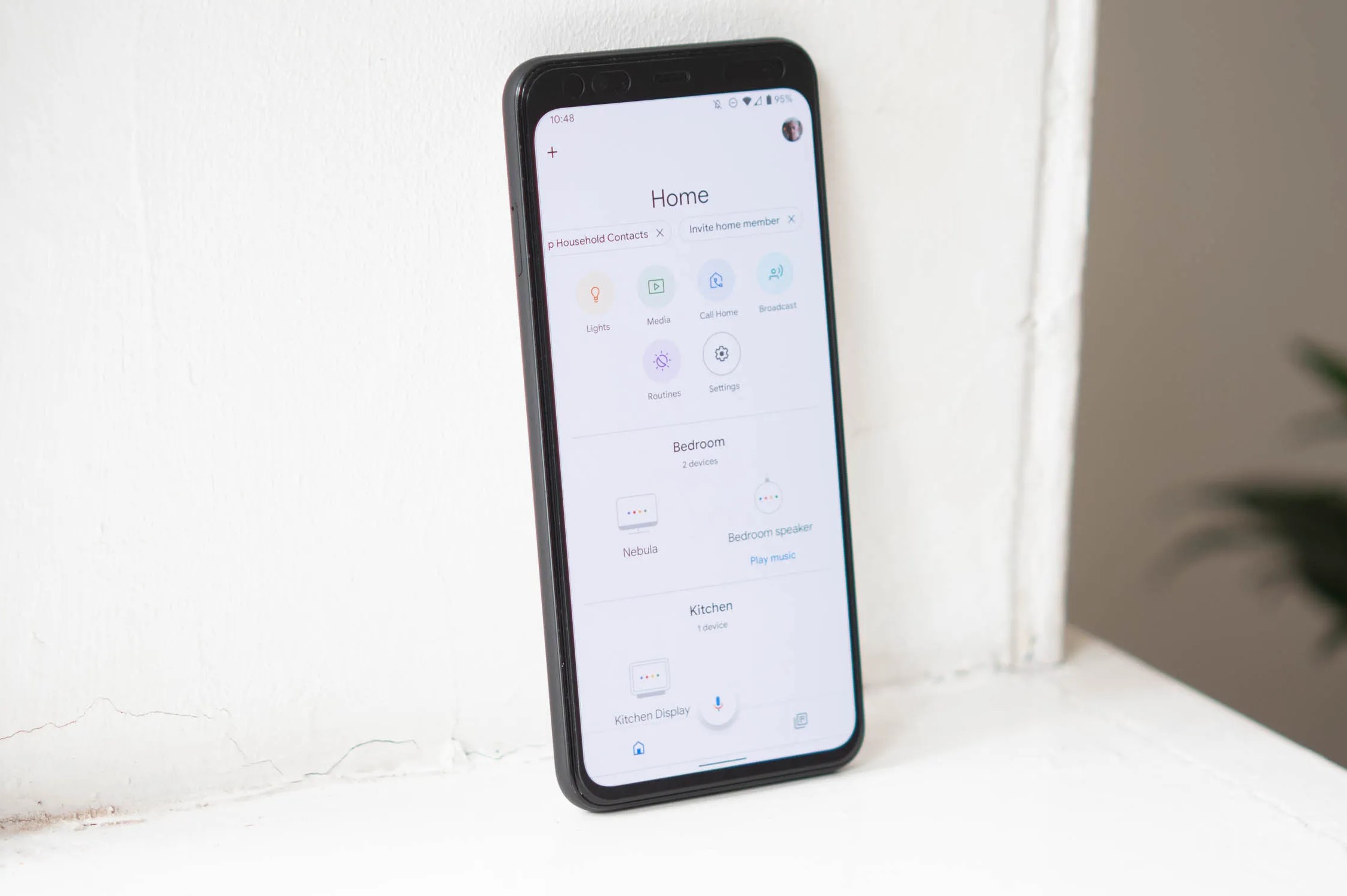
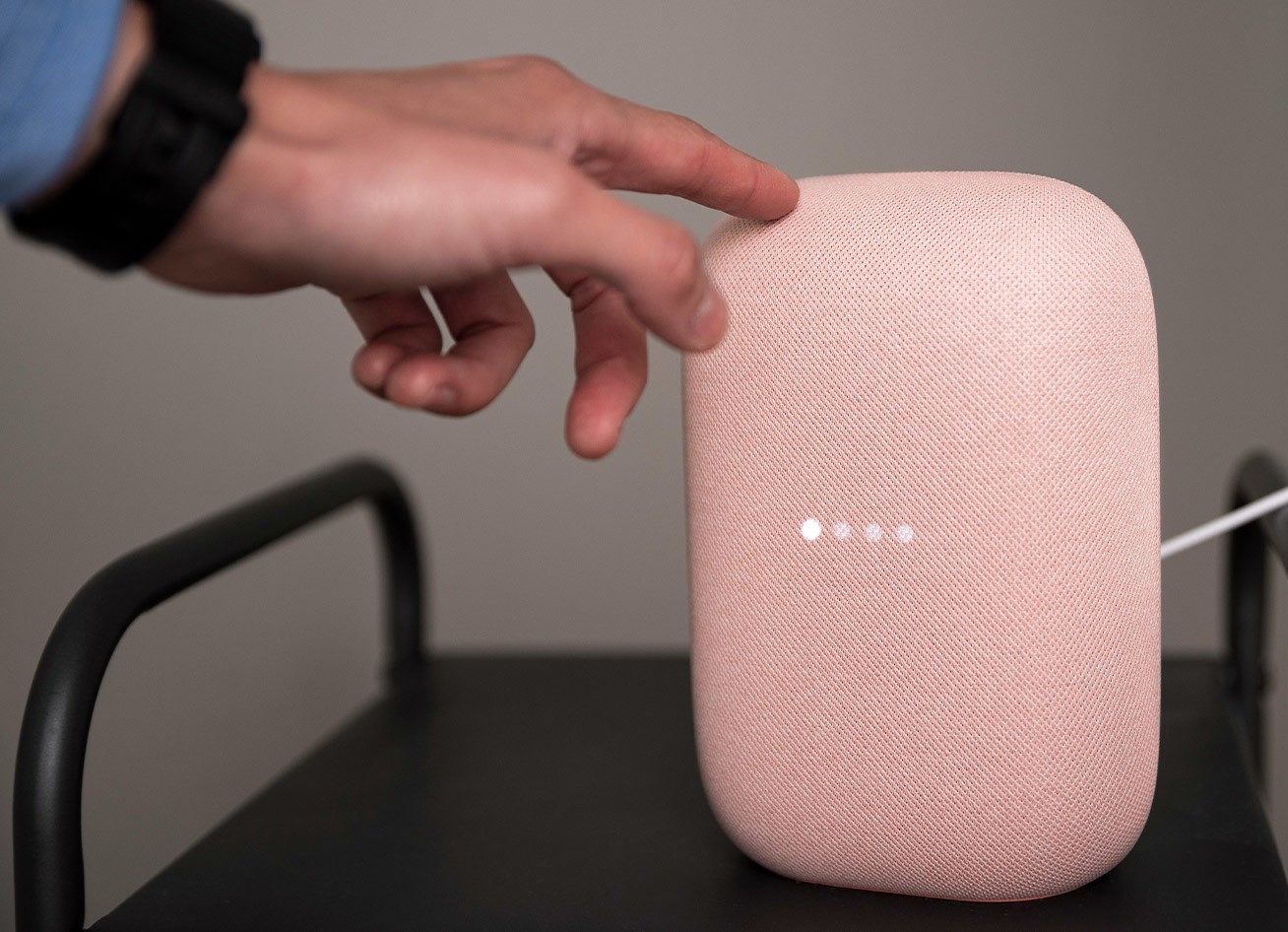
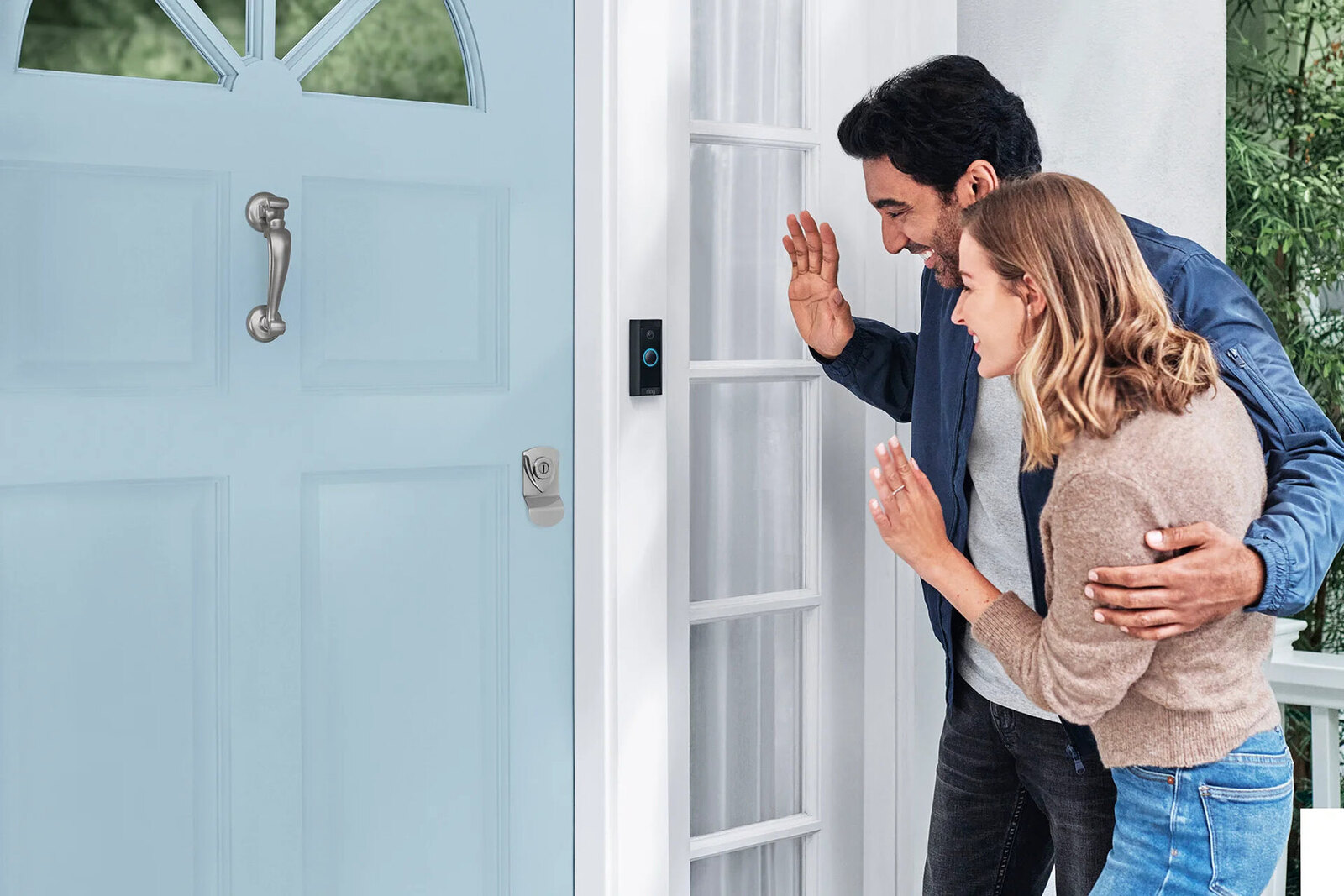
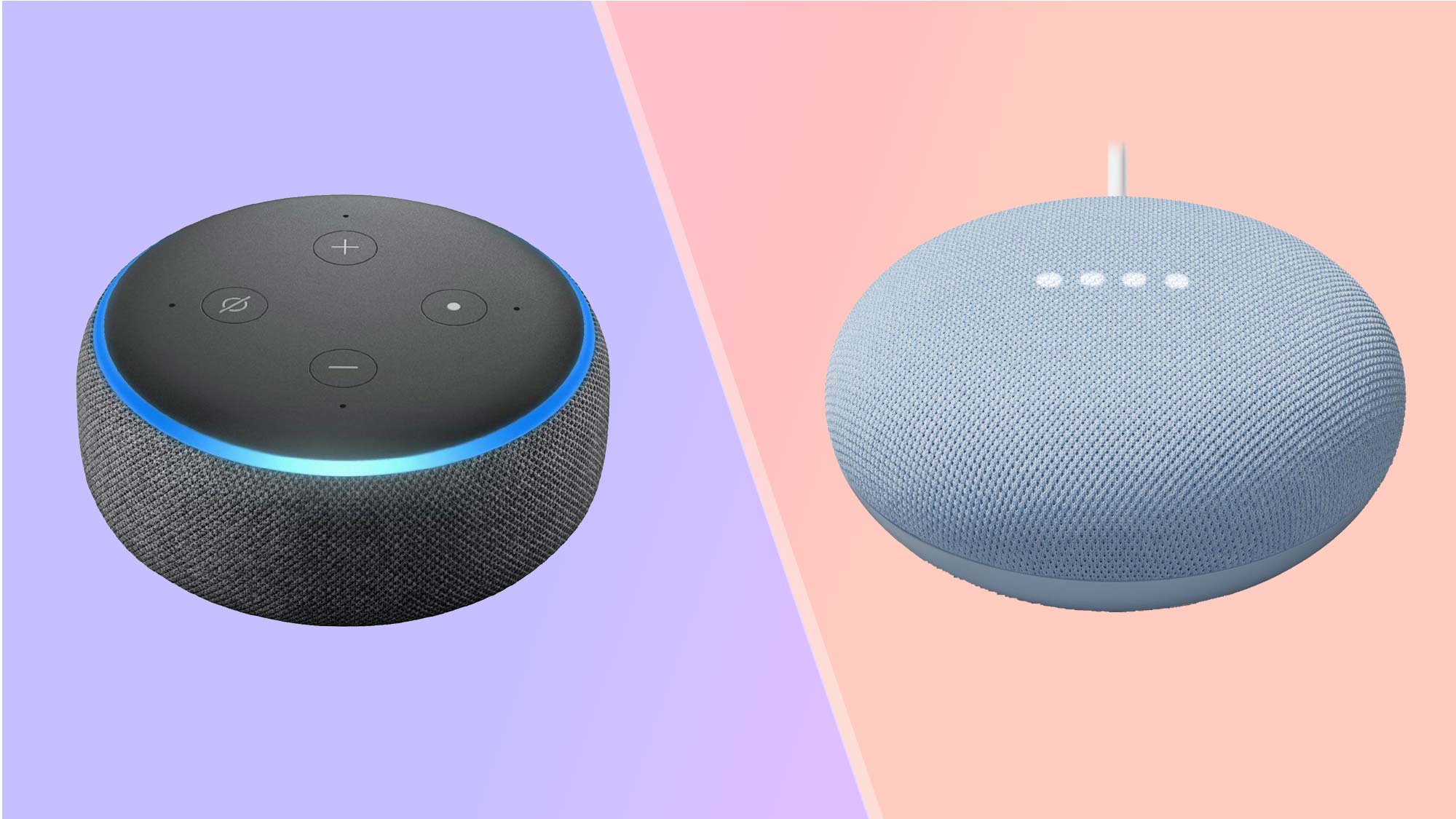
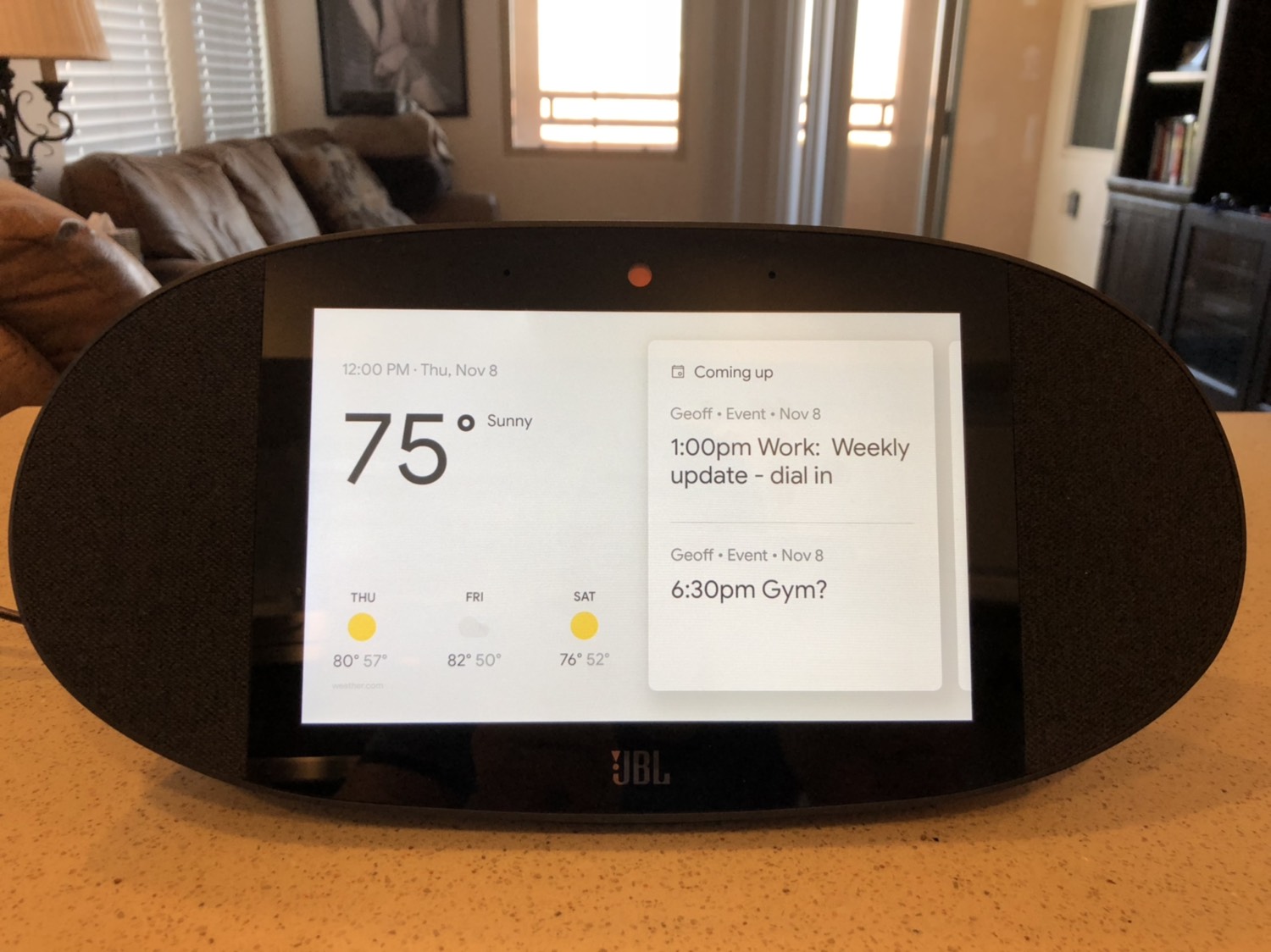

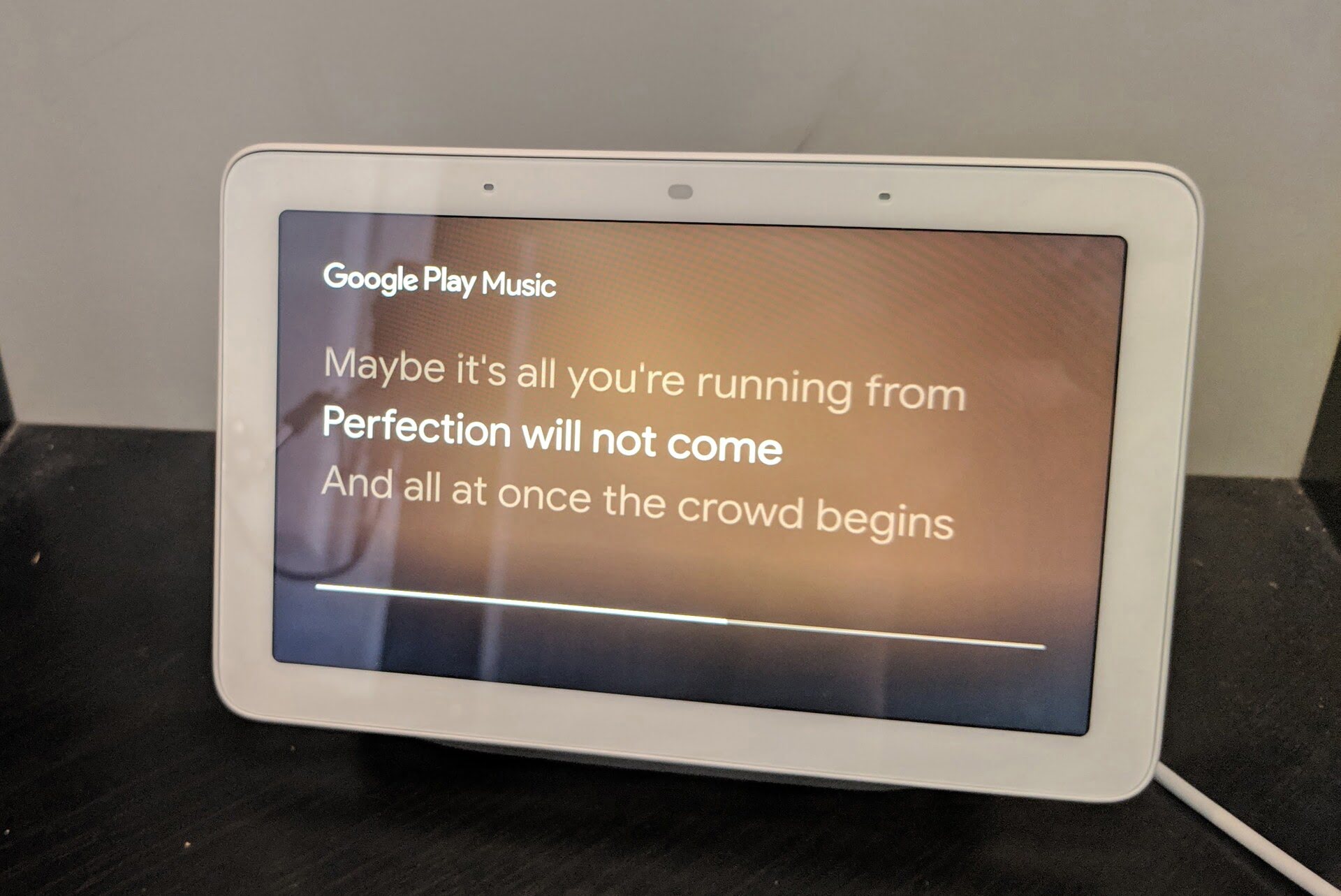
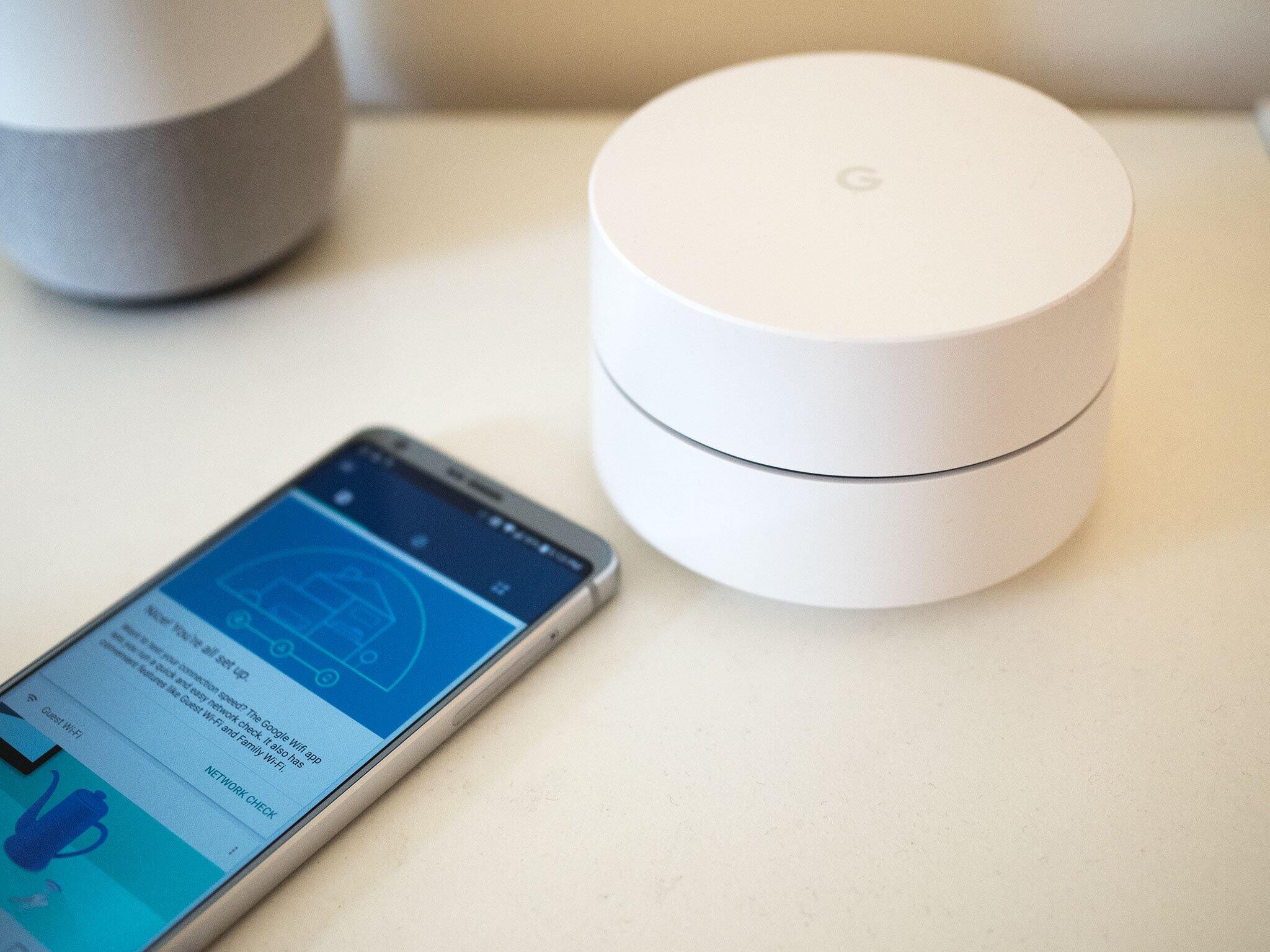
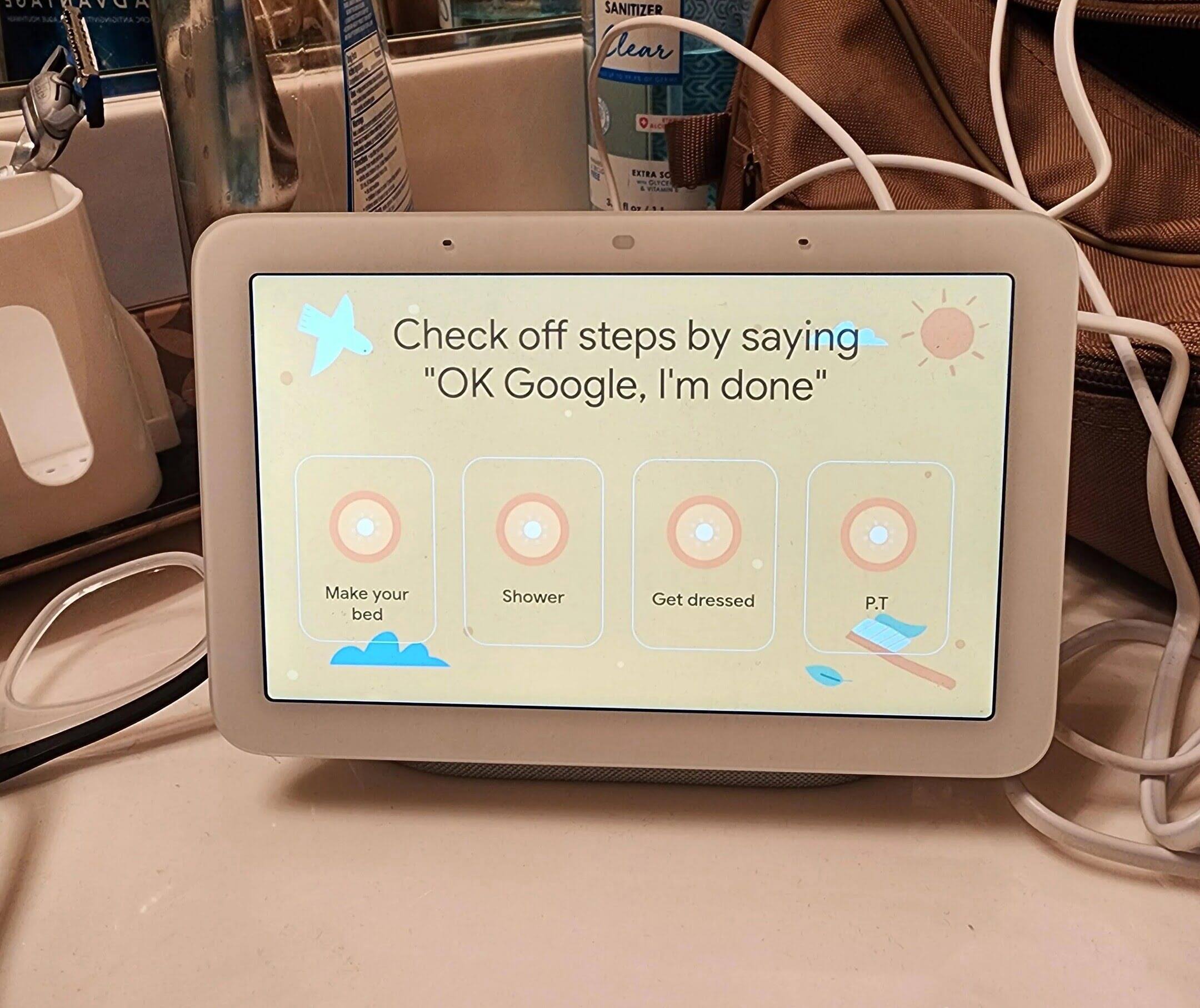
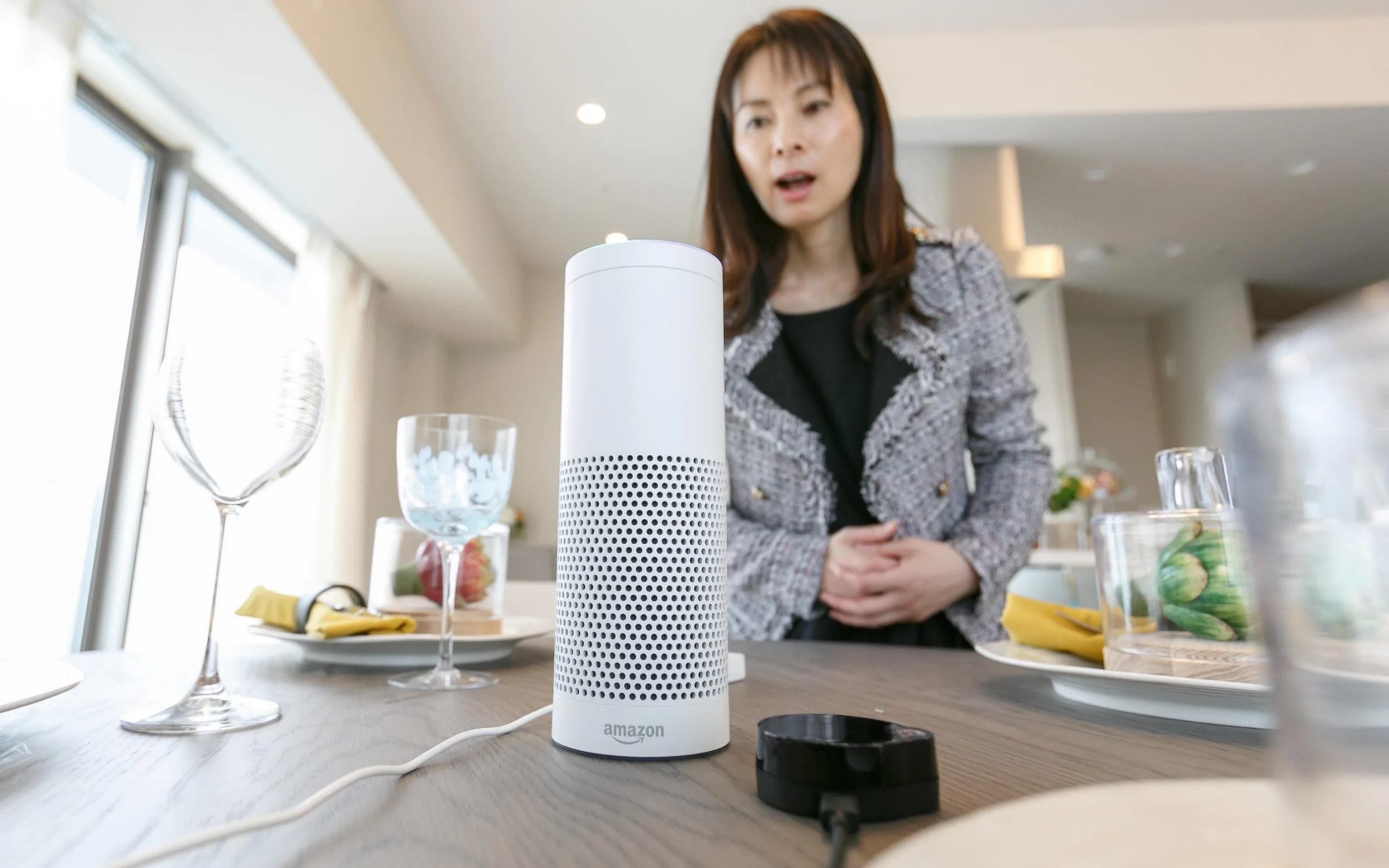
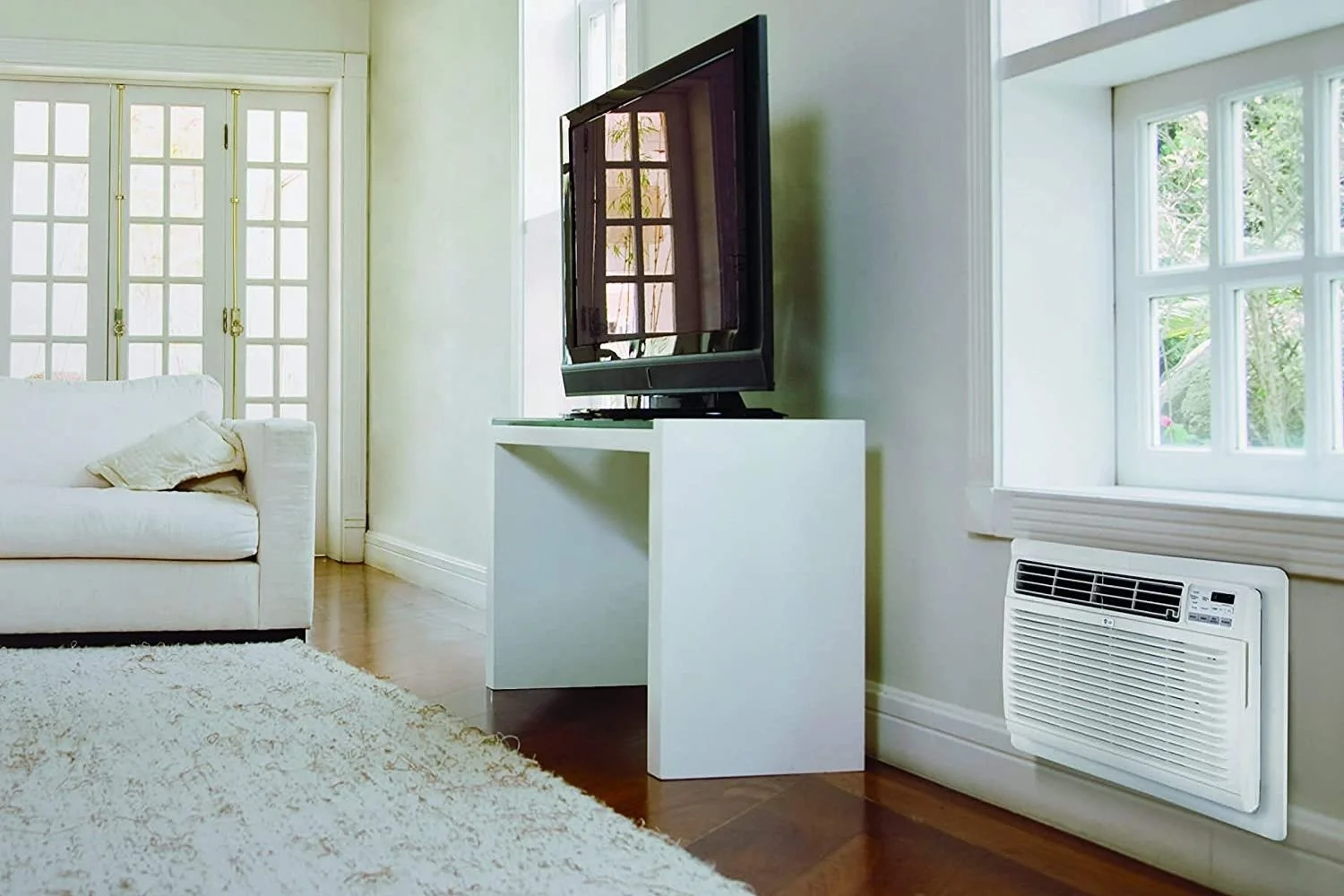
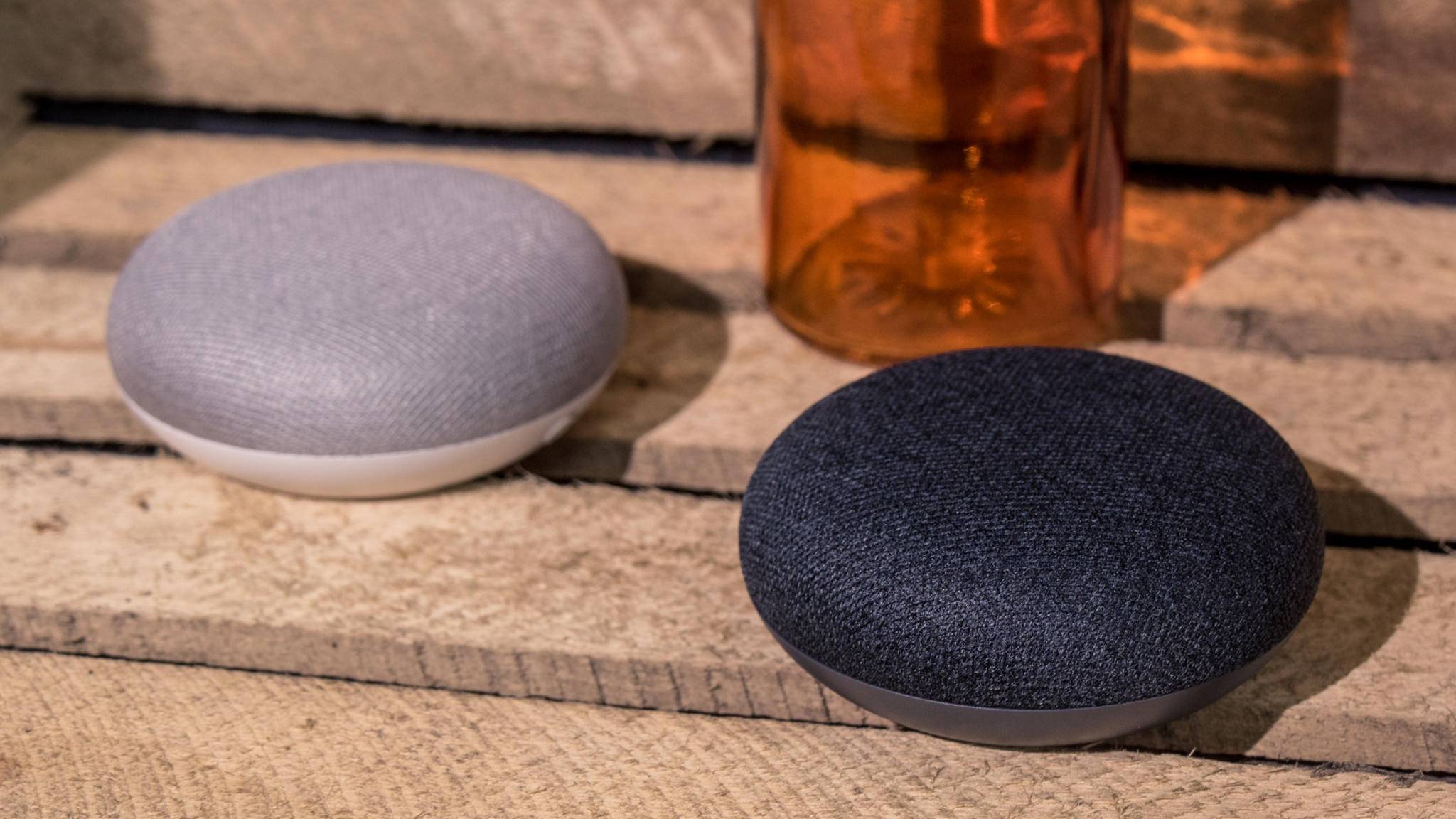
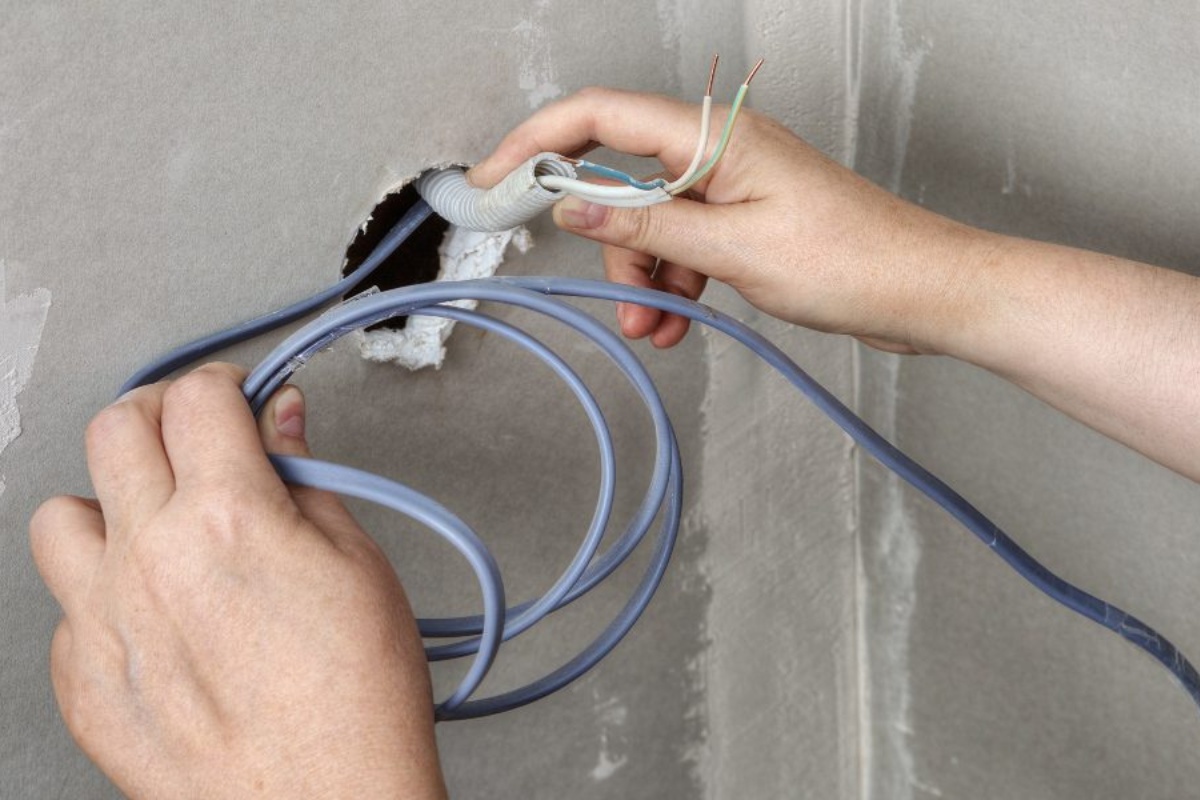
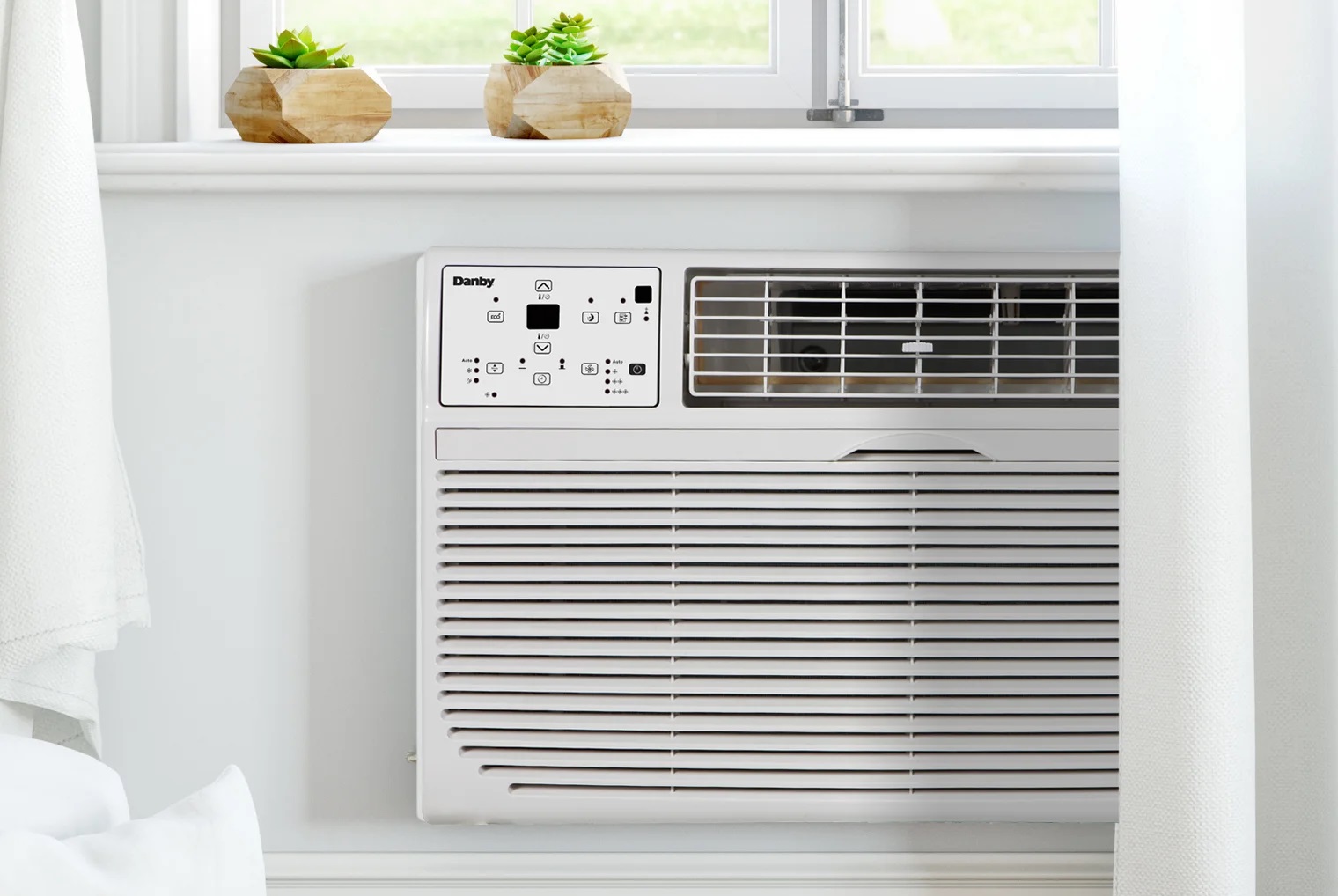

0 thoughts on “How To Talk Through Google Home”